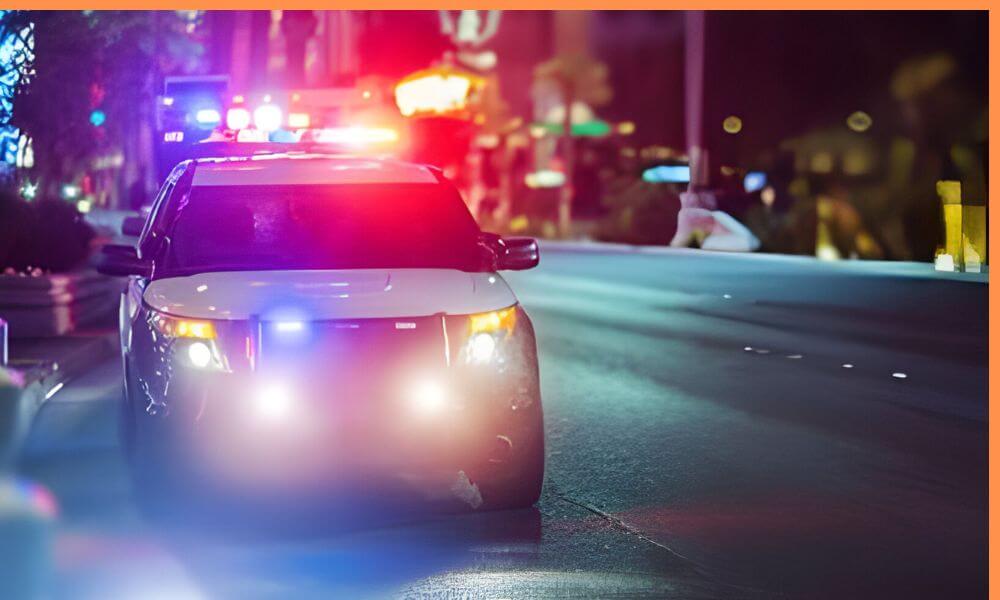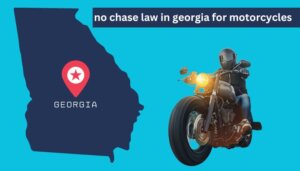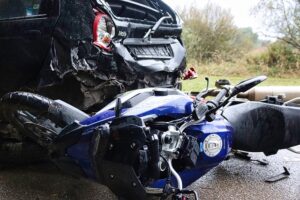Lawyer or attorneys practice in a variety of fields, including family law, commercial law, personal injury, criminal defense, and others.

Motorcycle pursuits by law enforcement have always been a topic of intense debate, balancing public safety against the risks inherent in high-speed chases.
When it comes to the state of Michigan, many wonder if there exists a specific no chase law for motorcycles. This article delves into the intricacies of this issue, examining current laws, policies, and their implications for both law enforcement and motorcyclists.
Understanding No-Chase Policies
No-chase policies generally refer to directives that limit or outright prohibit police from engaging in high-speed pursuits under certain circumstances.
These policies are typically implemented to reduce the risk of accidents and fatalities that can occur during high-speed chases. Depending on local regulations, departmental guidelines, and broader state laws, they can vary widely from one jurisdiction to another.
Michigan’s Stance on No-Chase Policies
As of now, Michigan does not have a blanket no-chase law specifically targeting motorcycle pursuits. Instead, the state relies on individual law enforcement agencies to develop their own pursuit policies. This means that while one police department might have strict guidelines about when and how to engage in a pursuit, another might have more lenient rules.
The Michigan State Police (MSP), one of the primary law enforcement agencies in the state, does have comprehensive pursuit policies in place. These policies are designed to balance the necessity of apprehending suspects with the potential dangers of high-speed chases. For motorcycles, the risks are particularly acute due to the vulnerability of riders and the high speeds often involved.
Key Considerations in Pursuit Policies
Several key factors influence whether a law enforcement officer in Michigan will engage in a motorcycle pursuit:
1. Severity of the Offense: Officers are more likely to engage in a pursuit if the suspect is involved in a serious crime, such as a violent felony, rather than a minor traffic violation.
2. Safety of the Public and the Officer: The primary concern is the safety of all parties involved. If a pursuit poses a high risk to the public or the officer, it is less likely to be initiated or continued.
3. Environmental Conditions: Weather, traffic conditions, and the geographical area (urban vs. rural) play significant roles in the decision-making process.
4. Availability of Other Methods: Law enforcement may opt for alternative methods of apprehension, such as setting up roadblocks, using helicopter surveillance, or employing spike strips.
Read More – No Chase Law for Motorcycles: A State-by-State Guide
Case Studies and Incidents
There have been notable incidents in Michigan that highlight the complexities of motorcycle chases. In some cases, pursuits have ended tragically, prompting public outcry and calls for stricter regulations.
For instance, high-speed chases involving motorcycles have occasionally resulted in severe injuries or fatalities, both for the rider and innocent bystanders.
These incidents often lead to reviews of pursuit policies within the respective departments. Some departments may adopt more restrictive no-chase policies for motorcycles, particularly in densely populated areas where the risk to public safety is greater.
The Debate: Public Safety vs. Law Enforcement Efficacy
The debate over no-chase policies is multifaceted. Advocates for stricter no-chase laws argue that the potential for harm during high-speed pursuits is too great, especially when it involves motorcycles. They point to studies and statistics that show a high incidence of crashes and fatalities resulting from pursuits.
On the other hand, law enforcement officials argue that the ability to pursue suspects is crucial for maintaining public order and deterring crime. They contend that removing the option of pursuit can embolden criminals, leading to an increase in unlawful activities.
The Path Forward
Given the lack of a statewide no-chase law for motorcycles in Michigan, the responsibility falls on individual law enforcement agencies to develop and enforce their own policies. There is an ongoing push for more standardized guidelines across the state to ensure consistency and safety.
Training and technology also play vital roles. Enhanced training for officers on when and how to engage in pursuits, coupled with the use of advanced technologies like GPS tracking and drones, can help mitigate the risks associated with high-speed chases.
Conclusion
So, is there a no chase law in Michigan for motorcycles? The answer is no, there isn’t a specific statewide law prohibiting such pursuits. However, individual law enforcement agencies within Michigan have the autonomy to develop and implement their own pursuit policies, which can include restrictions on motorcycle chases.
The balancing act between public safety and effective law enforcement continues to be a dynamic and evolving issue, one that requires ongoing attention, review, and adaptation to ensure the well-being of all involved.









